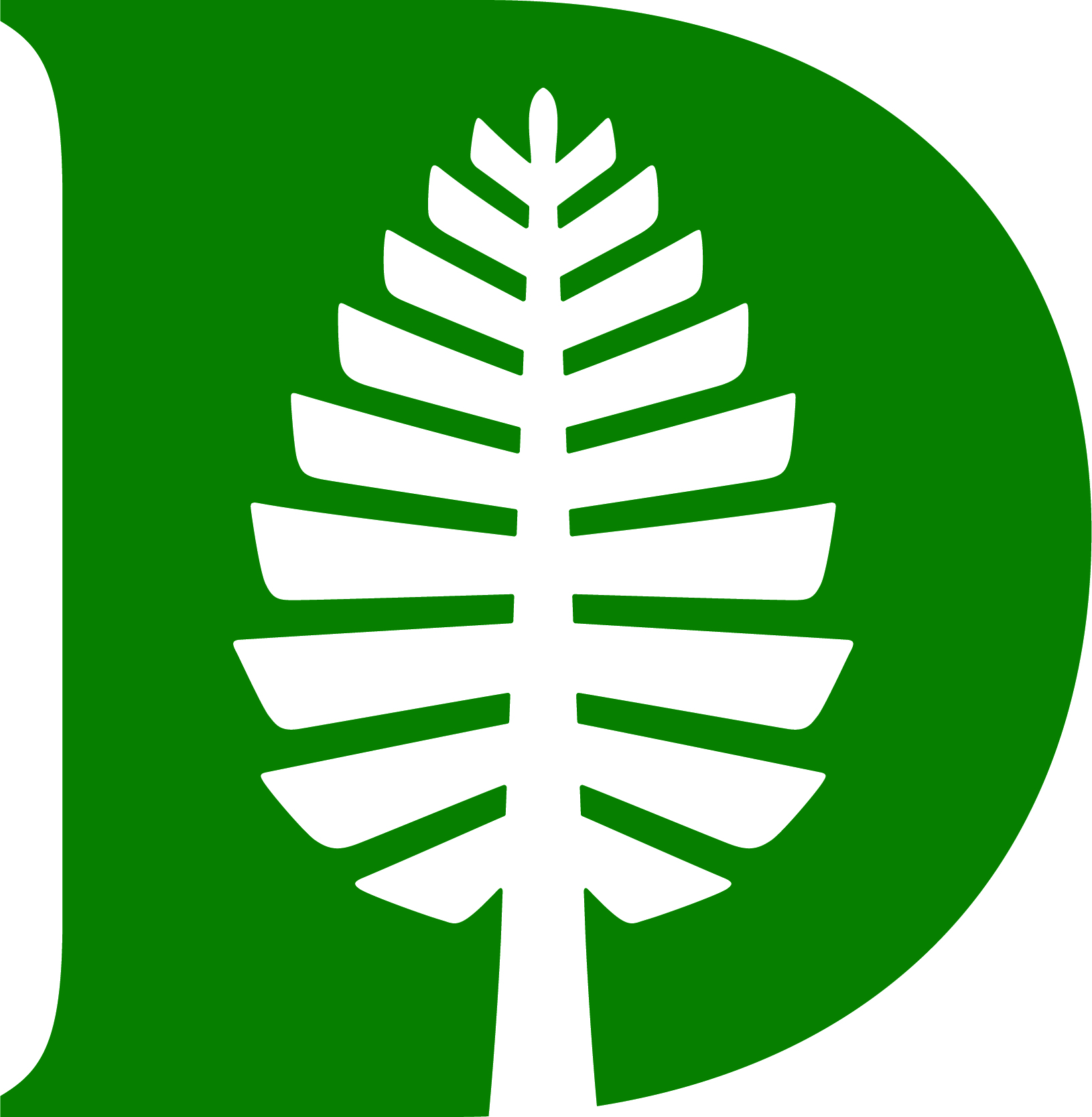Section 1.5 Working with the formal definition of the limit
Worksheet
Objectives
- Gain better fluency using the \(\epsilon-\delta\) defintion of the limit.
- Understand that \(\delta\text{,}\) as a function of \(\epsilon\) defines the relationship between how \(x\) and \(f(x)\) change together.
In this sequence of problems, we will use the formal definition of the limit to prove that limits exist and to find their values. We'll begin by reminding ourselves of the definition of the limit.
Definition 1.5.1.
Let \(f(x)\) be defined for all \(x \neq a\) over an open interval containing \(a\text{.}\) Let \(L\) be a real number. Then
\begin{equation*}
\lim_{x \rightarrow a} f(x)=L
\end{equation*}
if, for every \(\epsilon >0\text{,}\) there exists a \(\delta >0\text{,}\) such that if \(0 < |x-a|<\delta\text{,}\) then \(|f(x)-L|<\epsilon\text{.}\)1.
Using the definition of the limit, show \(\lim_{x \rightarrow a} x = a\text{.}\)
2.
Using the definition of the limit, show \(\lim_{x \rightarrow a} c = c\) where \(c\) is a constant.
Using the definition of the limit, find \(\lim_{x \rightarrow 4} 3x-1\text{.}\)
3.
Using the definition of the limit, find \(\lim_{x \rightarrow a} kx\text{,}\) where \(k\) is a constant. What does this show you about the relationship between \(\delta, \epsilon\) and the function?
4.
Using the definition of the limit, show \(\lim_{x \rightarrow 1} x^2=1\text{.}\)
